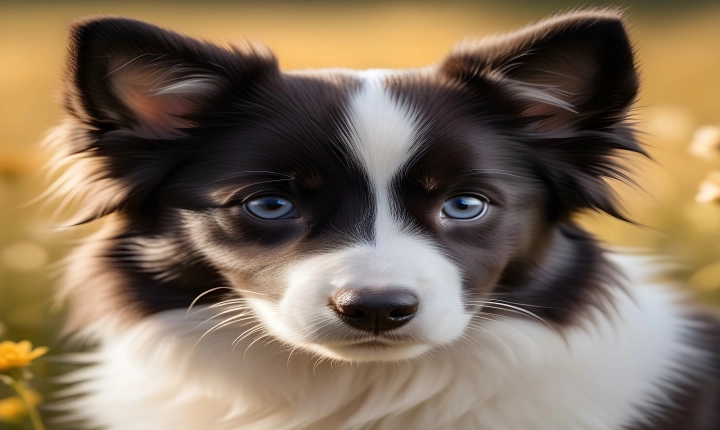Title: How to Create Realistic AI Art: A Step-by-Step Guide
Artificial Intelligence (AI) has revolutionized the way we approach many creative endeavors, and art is no exception. With the advancement of AI technology, the creation of realistic AI art has become more accessible and compelling than ever before. Whether you’re a seasoned artist or a newcomer to the world of digital art, harnessing the power of AI to create realistic and captivating artwork can be a fulfilling and gratifying experience. In this article, we will explore a step-by-step guide on how to create realistic AI art.
Step 1: Get To Know Your Tools
The first step in creating realistic AI art is to familiarize yourself with the tools available. There are various AI art platforms and software that can assist you in generating realistic art, such as deep learning-based image generators and style transfer algorithms. Familiarize yourself with the interface of the software and understand the different features and functionalities available.
Step 2: Collect Reference Images
To create realistic AI art, it’s essential to gather a collection of reference images. These images can serve as a source of inspiration and a guide for the style, colors, and composition you want to achieve in your artwork. Look for high-quality reference images that align with the vision you have for your art piece.
Step 3: Understand Style Transfer
Style transfer is a popular technique used in AI art creation. It involves transferring the artistic style of one image onto another, creating a fusion of the two images. To create realistic AI art, understanding the intricacies of style transfer is crucial. Experiment with different styles and learn how to apply them effectively to your reference images.
Step 4: Experiment with Neural Network Generators
Neural network generators, such as generative adversarial networks (GANs) and variational autoencoders (VAEs), can be powerful tools in creating realistic AI art. These networks can generate lifelike images based on patterns and features extracted from reference images. Experiment with different neural network models and understand how they can be leveraged to create realistic and visually compelling art.
Step 5: Refine and Iterate
Creating realistic AI art is an iterative process. As you experiment with different techniques and tools, be open to refining and iterating on your artwork. Seek feedback from peers or mentors in the AI art community and use their insights to improve the realism and quality of your art pieces.
Step 6: Embrace Creativity and Expression
While AI technology serves as a powerful tool in creating realistic art, it’s essential to infuse your creativity and expression into the process. Don’t be afraid to experiment with unconventional styles or push the boundaries of traditional art forms. Embracing your creativity can elevate your AI art to new heights of realism and emotional resonance.
In conclusion, creating realistic AI art is an exciting and rewarding endeavor that invites artists to explore the intersection of technology and creativity. By familiarizing yourself with AI art tools, understanding style transfer techniques, and leveraging neural network generators, you can bring your artistic vision to life in unprecedented ways. Through experimentation, iteration, and the infusion of creativity, you can create realistic AI art that captivates and inspires audiences around the world.
